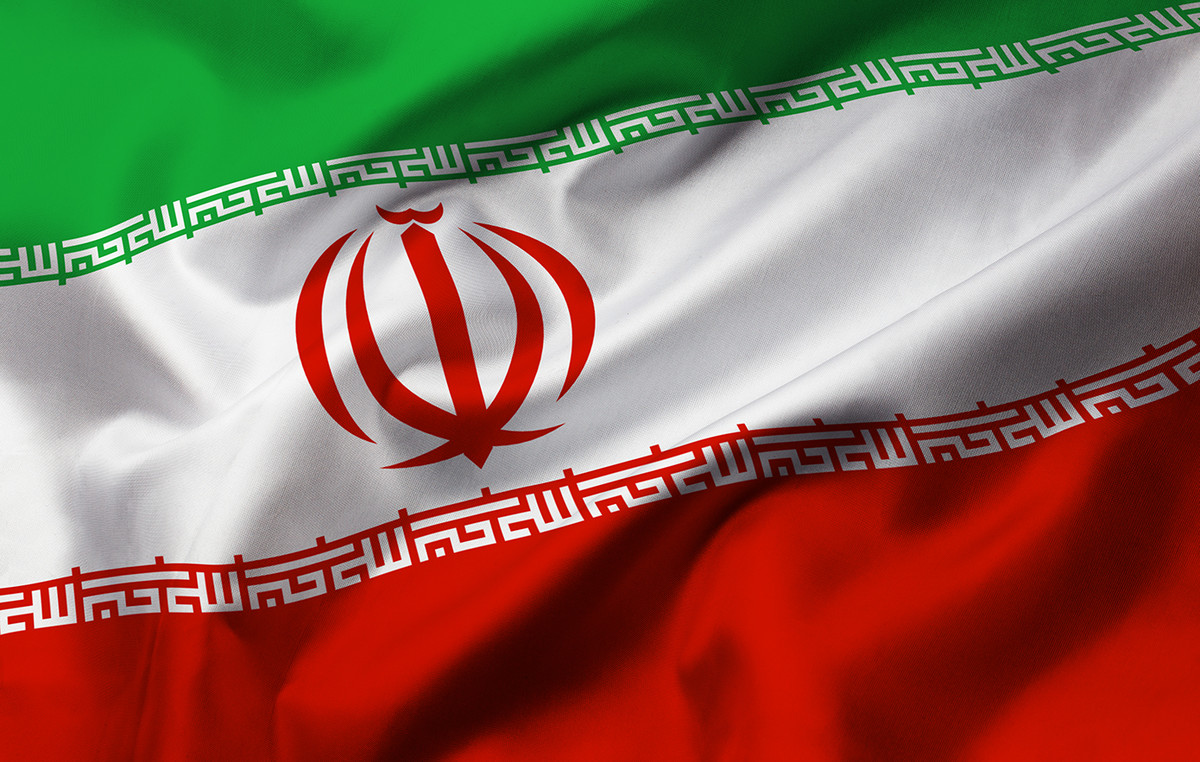- The Mexican peso is depreciating as traders price in an increasing risk that Donald Trump will win the US presidential election.
- Such a victory would likely lead to higher tariffs on foreign imports, negatively impacting Mexico.
- Banxico Governor Victoria Rodríguez Ceja raises the possibility of interest rate cuts in the future
The Mexican Peso (MXN) continues to slide against its most-traded peers on Tuesday, as concerns mount that former US President Donald Trump could win the US presidential election in November and raise tariffs on Mexican imports. Meanwhile, comments from Bank of Mexico (Banxico) Governor Victoria Rodriguez Ceja suggest the bank is moving closer to cutting interest rates, another negative factor for the MXN.
One US Dollar (USD) buys 18.43 Mexican Pesos at the time of writing, while EUR/MXN is trading at 19.74, and GBP/MXN at 23.28.
The Mexican Peso falls due to the danger of neighbouring countries and the prospects of Banxico
The Mexican peso is falling after the U.S. Supreme Court ruled that Donald Trump has broad immunity from prosecution for his alleged attempts to undermine the results of the 2020 election that saw Democrat Joe Biden win by a narrow victory, according to Reuters.
The decision increases the chances that Trump could win the U.S. presidential election in November. Such an outcome would likely have a negative impact on trade. Trump has said he will continue to pursue an “America First” agenda, preferring U.S.-made goods and imposing tariffs on foreign imports. The move would be negative for the peso given the close trade ties between the two nations.
Moreover, given the marked political differences between the presidents of the two countries, the likelihood of generating goodwill between them is extremely low.
The moderate turn of Ceja
In an interview with El Financiero, Banxico Governor Victoria Rodríguez Ceja said: “The Mexican economy is in a solid position to face any external or internal challenge that may arise,” adding that volatility in Mexico’s financial markets following the June elections had abated.
Rodríguez Ceja added that the depreciation of the Peso after the elections influenced the Banxico Governing Board to not cut interest rates (a weaker Peso increases imported inflation) at its last meeting. But he added that progress was being made in disinflation and that “it allows us to continue discussing downward adjustments in our rate, and I believe that this is what we will be doing at our next monetary policy meetings.”
If Banxico cuts interest rates at its next monetary policy meeting, it will likely have a negative impact on the Mexican Peso because lower interest rates attract less foreign capital inflows.
Technical Analysis: USD/MXN advances again towards the high of June 28
USD/MXN manages to continue higher after pulling back from its June 28 high of 18.59 – it is now not that far away, trading at 18.40.
USD/MXN 4-hour chart
If USD/MXN rises and breaks above 18.59, it will make a higher high and likely continue to 18.68 (June 14 high), followed by 19.00 (June 12 high). A break above 19.00 would provide strong confirmation of a resumption of the short- and medium-term uptrends.
A move below 18.06 (June 26 low), however, would suggest that the short-term downtrend is resuming and would likely see a continuation towards 17.87 (June 24 low).
The direction of the long-term trend remains uncertain.
Mexican Peso FAQs
The Mexican Peso is the legal currency of Mexico. The MXN is the most traded currency in Latin America and the third most traded currency in the Americas. The Mexican Peso is the first currency in the world to use the $ sign, prior to the later use of the Dollar. The Mexican Peso or MXN is divided into 100 cents.
Banxico is the Bank of Mexico, the country’s central bank. Created in 1925, it provides the national currency, the MXN, and its primary objective is to preserve its value over time. In addition, the Bank of Mexico manages the country’s international reserves, acts as a lender of last resort to the banking sector, and provides economic and financial advice to the government. Banxico uses the tools and techniques of monetary policy to achieve its objective.
When inflation is high, the value of the Mexican Peso (MXN) tends to decrease. This implies an increase in the cost of living for Mexicans, which affects their ability to invest and save. In general, inflation affects the Mexican economy because Mexico imports a significant amount of final consumer products, such as gas, fuel, food, clothing, etc., and a large amount of production inputs. On the other hand, the higher the inflation and debt, the less attractive the country is for investors.
The exchange rate between the USD and the MXN affects imports and exports between the United States and Mexico, potentially affecting demand and trade flows. The price of the Dollar against the Mexican Peso is affected by factors such as monetary policy, interest rates, the consumer price index, economic growth and some geopolitical decisions.
The exchange rate between the USD and the MXN affects imports and exports between the United States and Mexico, potentially affecting demand and trade flows. The price of the Dollar against the Mexican Peso is affected by factors such as monetary policy, interest rates, the consumer price index, economic growth and some geopolitical decisions.
Source: Fx Street
I am Joshua Winder, a senior-level journalist and editor at World Stock Market. I specialize in covering news related to the stock market and economic trends. With more than 8 years of experience in this field, I have become an expert in financial reporting.








